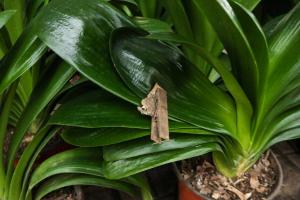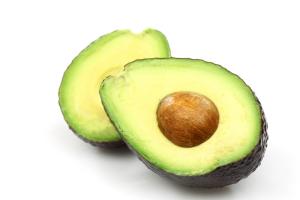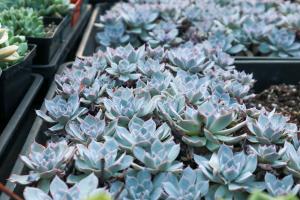Why Is My Basil Plant Droopy?
The Importance of Proper Watering
It's common to see a droopy basil plant, and the primary reason for this is improper watering. Basil needs well-drained soil that is moist but not waterlogged. Overwatering the plant can cause roots to rot, and the plant cannot absorb nutrients properly from the soil. Underwatered basil plants can wilt and become dry, and the leaves start to turn brown. When watering the basil plant, make sure to water the soil and not the leaves. Also, avoid watering too often as it can lead to fungal growth.
The Need for Adequate Light
Another reason why your basil plant might be droopy is due to insufficient light. Basil plants need plenty of sunlight to grow healthy and lush. Lack of adequate light can cause basil to droop, and the leaves may turn brown or yellow. If the plant is kept inside, make sure it's placed near a window where it can receive at least six hours of natural light. Artificial light sources such as grow lamps can also help to provide the necessary light for your basil plant.
Pests and Diseases
Basil plants are prone to pests and diseases, which can cause them to droop. Common pests that affect basil plants include aphids, spider mites, whiteflies, and root-knot nematodes. These pests can suck the sap from the plant, causing it to wilt and droop. Diseases such as Fusarium wilt and Downy mildew can also cause basil plants to droop. If you notice any signs of pest or disease infestation, it's essential to treat the plant promptly to prevent further damage.
The Role of Temperature and Humidity
Basil plants thrive in warm and humid conditions. If the temperature is too low, the plant may droop, and the leaves may turn brown. Similarly, if the humidity is too low, the plant may become dehydrated, and the leaves may become dry and brittle. To ensure that your basil plant is growing in the right environment, keep it in a warm location with plenty of humidity. If the air is too dry, you can mist the leaves or place a tray of water near the plant to increase the humidity.
The Importance of Pruning and Harvesting
Pruning and harvesting are essential for the health of the basil plant. Regular pruning can help to promote healthy growth and prevent the plant from becoming too leggy. If the plant is not pruned, it may become weak, and the stems may start to droop. Harvesting the leaves regularly also encourages new growth, and it helps to prevent the plant from becoming overcrowded. However, be sure not to harvest more than one-third of the plant at a time.
Conclusion
In conclusion, a droopy basil plant can be caused by several factors, including improper watering, insufficient light, pests and diseases, temperature and humidity, and lack of pruning and harvesting. It's essential to identify the cause of the problem and take appropriate measures to revive your basil plant. By providing the right conditions and care, your basil plant can thrive and provide you with delicious and aromatic leaves for your cooking needs.

 how many times do yo...
how many times do yo... how many planted tre...
how many planted tre... how many pine trees ...
how many pine trees ... how many pecan trees...
how many pecan trees... how many plants comp...
how many plants comp... how many plants can ...
how many plants can ... how many plants and ...
how many plants and ... how many pepper plan...
how many pepper plan...































